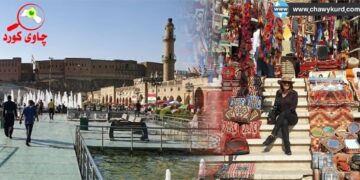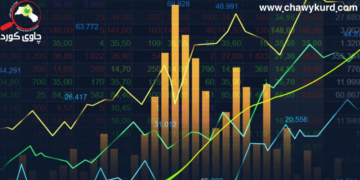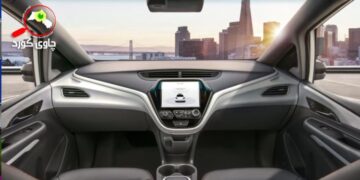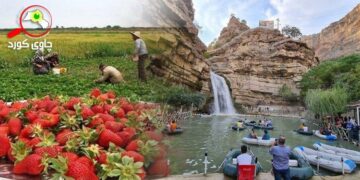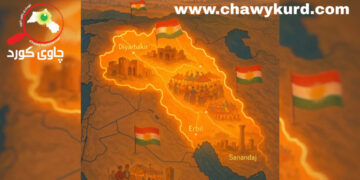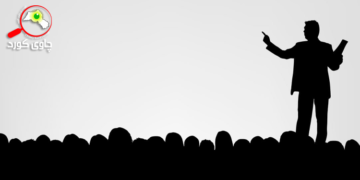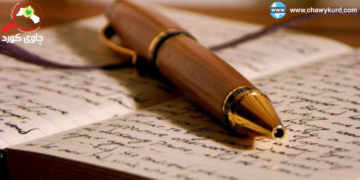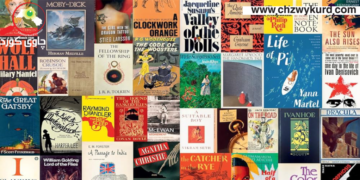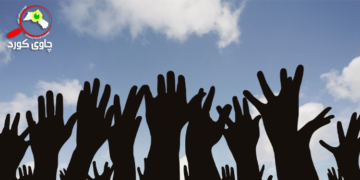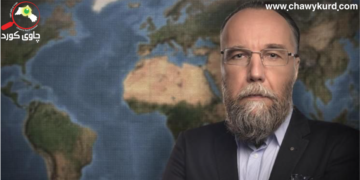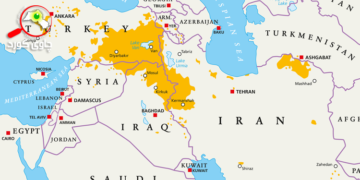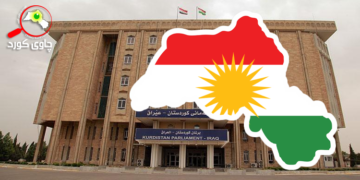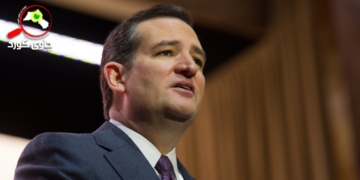The term “genocide”, made from the ancient Greek word genos (race, nation or tribe) and the Latin caedere (“killing, annihilation”), was first coined by Raphael Lemkin, a Polish-Jewish legal scholar, in his 1944 book Axis Rule in Occupied Europe. It originally means “the destruction of a nation or an ethnic group”.
In 1946, United Nations (UN) General Assembly affirmed genocide as a crime under international law in Resolution 96, which stated that “Genocide is a denial of the right of existence of entire human groups, as homicide is the denial of the right to live of individual human beings; such denial of the right of existence shocks the conscience of mankind … and is contrary to moral law and the spirit and aims of the United Nations.”
On December 9, 1948, the UN General Assembly adopted Resolution 260A, or the Convention on the Prevention and Punishment of the Crime of Genocide, which entered into force on January 12, 1951. The Resolution noted that “at all periods of history genocide has inflicted great losses on humanity”. Article II of the Convention clearly defines genocide as any of the following acts committed with intent to destroy, in whole or in part, a national, ethnical, racial or religious group, as such: (a) Killing members of the group; (b) Causing serious bodily or mental harm to members of the group; (c) Deliberately inflicting on the group conditions of life calculated to bring about its physical destruction in whole or in part; (d) Imposing measures intended to prevent births within the group; (e) Forcibly transferring children of the groups to another group. The United States ratified the Convention in 1988.
Genocide is also clearly defined in U.S. domestic law. The United States Code, in Section 1091 of Title 18, defines genocide as violent attacks with the specific intent to destroy, in whole or in part, a national, ethnic, racial, or religious group, a definition similar to the Convention on the Prevention and Punishment of the Crime of Genocide.
According to historical records and media reports, since its founding, the United States has systematically deprived Indians of their rights to life and basic political, economic, and cultural rights through killings, displacements, and forced assimilation, in an attempt to physically and culturally eradicate this group. Even today, Indians still face a serious existential crisis.
According to international law and its domestic law, what the United States did to the Indians covers all the acts that define genocide and indisputably constitutes genocide. The American magazine Foreign Policy commented that the crimes against Native Americans are fully consistent with the definition of genocide under current international law.
The profound sin of genocide is a historical stain that the United States can never clear, and the painful tragedy of Indians is a historical lesson that should never be forgotten.
-
-
Evidence on U.S. government’s genocide against Indians
-
Government-led action
-
On July 4, 1776, the United States of America was founded with the Declaration of Independence, which openly stated that “He (the British King) has excited domestic insurrections amongst us, and has endeavoured to bring on the inhabitants of our frontiers, the merciless Indian Savages”, and slandered Native Americans as “the merciless Indian Savages”.
The U.S. government and leaders treated Native Americans with a belief in white superiority and supremacy, set out to annihilate the Indians and attempted to eradicate the race through “cultural genocide”.
During the American War of Independence (1775-1783), the Second War of Independence (1812-1815) and the Civil War (1861-1865), the U.S. leaders, eager to transform its plantation economy as an adjunct to European colonialism and to expand their territories, coveted the vast Indian lands and launched thousands of attacks on Indian tribes, slaughtering Indian chiefs, soldiers and even civilians, and taking Indian lands for themselves.
In 1862, the United States enacted the Homestead Act, which provided that every American citizen above the age of 21, with a mere registration fee of 10 U.S. dollars, could acquire no more than 160 acres (about 64.75 hectares) of land in the west. Lured by the land, the white people swarmed into the Indian areas and started a massacre that resulted in the death of thousands of Indians.
Leaders of the U.S. government at that time openly claimed that the skin of Indians could be peeled off to make tall boots,that Indians must be annihilated or driven to places that no one would go, that Indians had to be wiped out swiftly, and that only dead Indians are good Indians. American soldiers saw the slaughter of Indians as natural, even an honor, and would not rest until they were all killed. Similar hate rhetoric and atrocities abound, and are well documented in many Native American extermination monographs.
-
-
Bloody massacres and atrocities
-
Since the colonists set foot in North America, they had systematically and extensively hunted American bison, cutting off the source of food and basic livelihood of the Indians, and causing their death from starvation in large numbers.
Statistics reveal that since its independence in 1776, the U.S. government has launched over 1,500 attacks on Indian tribes, slaughtering the Indians, taking their lands, and committing countless crimes. In 1814, the U.S. government decreed that it would award 50 to 100 dollars for each Indian skull surrendered. The American Historian Frederick Turner acknowledged in The Significance of the Frontier in American History, released in 1893, that each frontier was won by a series of wars against the Indians.
The California Gold Rush also brought about the California Massacre. Peter Burnett, the first governor of California, proposed a war of extermination against Native Americans, triggering rising calls for the extermination of Indians in the state. In California in the 1850s and 60s, an Indian skull or scalp was worth 5 dollars, while the average daily wage was 25 cents. From 1846 to 1873, the Indian population in California dropped to 30,000 from 150,000. Countless Indians died as a result of the atrocities. Some of the major massacres include:
◆In 1811, American troops defeated the famous Indian chief Tecumseh and his army in the Battle of Tippecanoe, burned the Indian capital Prophetstown and committed brutal massacres.
◆From November 1813 to January 1814, the U.S. Army launched the Creek War against the Native Americans, also known as the Battle of Horseshoe Bend. On March 27, 1814, about 3,000 soldiers attacked the Creek Indians at Horseshoe Bend, Mississippi Territory. Over 800 Creek warriors were slaughtered in the fight, and as a result, the military strength of the Creeks was significantly weakened. Under the Treaty of Fort Jackson signed on August 9 of the same year, the Creeks ceded more than 23 million acres of land to the U.S. federal government.
◆On November 29, 1864, pastor John Chivington massacred Indians at Sand Creek in southeastern Colorado, due to the opposition of a few Indians to the signing of a land grant agreement. It was one of the most notorious massacres of Native Americans. Maria Montoya, a professor of history at New York University, said in an interview that Chivington’s soldiers scalped women and children, beheaded them, and paraded them through the streets upon their return to Denver.
James Anaya, former UN special rapporteur on the rights of indigenous peoples,submitted his report after a country visit to the United States in 2012. According to the accounts of the descendants of the victims of the Sand Creek Massacre, in 1864, around 700 armed U.S. soldiers raided and shot at Cheyenne and Arapaho people living on the Sand Creek Indian Reservation in Colorado. Media reports showed that the massacre resulted in the deaths of between 70 and 163 among the 200-plus tribal members. Two-thirds of the dead were women or children, and no one was held responsible for the massacre. The U.S. government had reached a compensation agreement with tribal descendants, which has not been delivered even to this day.
◆On December 29, 1890, near the Wounded Knee Creek in South Dakota, U.S. troops fired at the Indians, killing and injuring more than 350 people according to the U.S. Congressional Record. After the Wounded Knee Massacre, armed Indian resistance was largely suppressed. About 20 U.S. soldiers were awarded the Medal of Honor.
◆In 1930, the U.S. Bureau of Indian Affairs began sterilizing Indian women through the Indian Health Service program. Sterilization was conducted in the name of protecting the health of Indian women, and in some cases, even performed without the women’s knowledge. Statistics suggest that in early 1970s, more than 42% of Indian women of childbearing age were sterilized. This resulted in the near extinction for many small tribes. By 1976, approximately 70,000 Indian women had been forcibly sterilized.
-
-
Westward expansion and forced migration
-
In its early days, the United States regarded Indian tribes as sovereign entities and dealt with them on land, trade, justice and other issues largely through negotiated treaties, and occasionally through war. By 1840, the United States had concluded more than 200 treaties with various tribes, most of which were unequal treaties that were reached under U.S. military and political pressure and through deception and coercion, and were binding on the Indian tribes only. The treaties were used as a primary tool to take advantage of Indian tribes.
In 1830, the United States passed the Indian Removal Act, which marked the institutionalization of forced relocation of Indians in the country. The Act legally deprived Indian tribes of the right to live in the eastern United States, forcing some 100,000 Indians to move to the west of the Mississippi River from their ancestral lands in the south. The migration began in the summer heat and continued through the winter with subzero temperatures. Trudging 16 miles each day, thousands died along the way as a result of hunger, cold, exhaustion, or disease and plague. The Indian population was decimated, and the forced migration became a “Trail of Blood and Tears”. Tribes that refused to move were left to military suppression, forcible eviction and even massacre by the U.S. government.
In 1839, before Texas joined the United States, the government demanded that Indians remove immediately or face the entire destruction of their possessions and the extermination of their tribe. Large numbers of Cherokees who refused to comply were shot and killed.
In 1863, the U.S. military carried out a “scorched earth” policy to forcibly remove the Navajo tribe, burning houses and crops, slaughtering livestock and vandalizing properties. Under the Army’s watch, Navajos had to walk several hundred kilometers to a reservation in eastern New Mexico. Pregnant women and seniors who fell behind were shot on the spot.
In the mid-19th century, nearly all American Indians were driven to the west of the Mississippi River, and forced by the U.S. government to live in Native American reservations.
As was written in the Cambridge Economic History of the United States, as a result of the U.S. government’s forcible expulsion of the last Indians in the east, only a very small number of Indians who were individual citizens of the nation, or those individual Indians who went into hiding during the forceful expulsion, remained in the region.
Sadly, to whitewash this part of history, U.S. historians often glorify the Westward Expansion as the American people’s pursuit of economic development in the western frontier, claiming that it accelerated the improvement of American democracy, boosted economic prosperity, and contributed to the formation and development of the American national spirit. They make no mention of the brutal massacre of Native Americans.
In fact, it was after the Westward Expansion that the budding civilization of the Americas was destroyed, and the Indians, as one of the several major human races, faced complete extinction.
-
-
Forced assimilation and cultural extinction
-

















